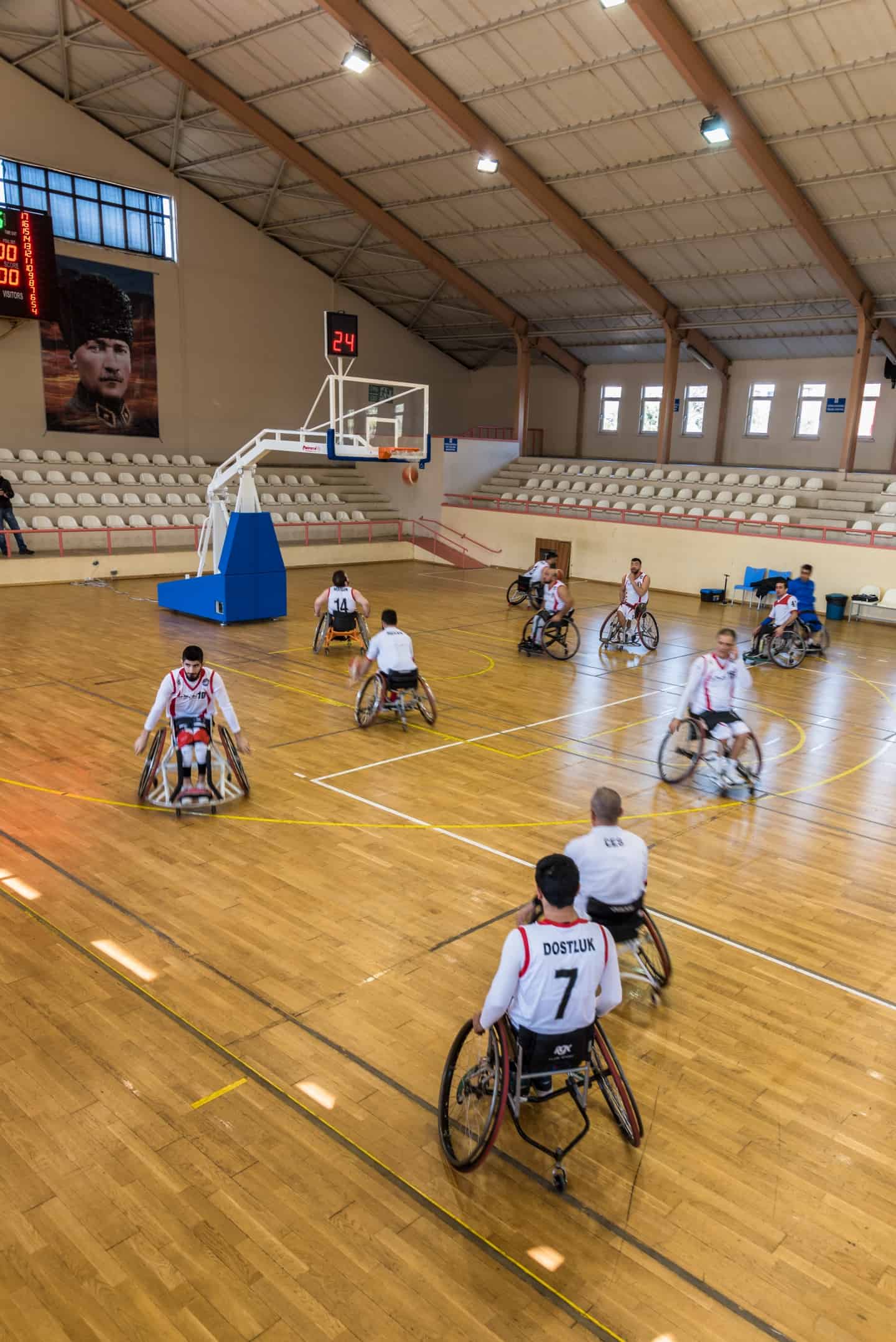Tips for parents of children with sensory processing disorder
Caring for a child with a sensory processing disorder, or SPD for short makes parenting an even more complex process than it already can be.
A child with SPD is overly sensitive to external stimuli, which can manifest as behavioural meltdowns and self-control issues.
While this creates problems for parents and others in the child’s life, a few tips from experienced parents make it a little easier to deal with children suffering from this condition.

Create a Written Schedule
Many parents are reluctant to try a written schedule without realizing how much easier it can make things for the child. The best strategy is to draw a calendar on a dry-erase board and place a magnet on the current day.
This will teach the child to look for the magnet to see what the day’s activities include. As your child adjusts to a written schedule, he will adapt to his routine more easily.
Reconsider Your Child’s Clothing
One problem parents of children with SPD may not think to consider is how clothes feel on their child. This is especially true of undergarments, which may scratch or otherwise irritate the skin.
Now that sensory processing disorder is more widely known, some textile manufacturers specialize in creating seam-free undergarments.
Ben wore AFOs for quite a few years, basically, these are plastic splints on the legs but they can be uncomfortable and rub which with SPD is horrible.
You may need to invest in AFO socks for kids and similar garments, which are specially made for children with overly sensitive skin.
Create a Safe Space
The location of this place isn’t as important as ensuring it’s someplace the child feels safe and comfortable.
It should be equipped with items that provide a sense of security, such as a heavy or weighted blanket, bean bag chair, or noise-cancelling headphones.
Sensory toys and the child’s favourite books are also excellent tools to add to the safe space. Above all, never use this place as a time-out punishment.
Develop a Sensory Diet
A sensory diet is a technique recommended by therapists that will help your child adjust to stronger sensory input over time.
It can involve having the child jump up and down, play with shaving cream or foam, firmly and gently brush the child’s body, or hug the child between cushions.
Administered in low “doses,” these techniques help the child get used to these sensations, so they won’t react as strongly to accidental sensory input.
Create a Supportive Environment
This is as important for you as it is for your child. Making people in your community aware of your child’s condition and educating them about sensory processing disorder can make it easier for you to help your child function.
By getting others involved, you’ll feel the peer support you need to continue helping your child. Additionally, other adults in the community will understand your child’s needs and that will ensure they’re well cared for when you can’t be around.
Visual Aids are Important
A child with SPD will take his or her cues from the sights in his environment. In fact, many SPD kids learn best via visual aids.
By labelling storage bins, dresser drawers, and other important locations, you will make it easier for your child to adapt and learn. This is especially important when making a change in your child’s routine.
While dealing with sensory processing disorder will still be a challenge, these tips can help you and your child cope a little easier. Since there is no cure, using a few tricks to make coping easier can make a big difference in your life. Especially for your child, coping mechanisms can improve their ability to socialize and communicate with others.


